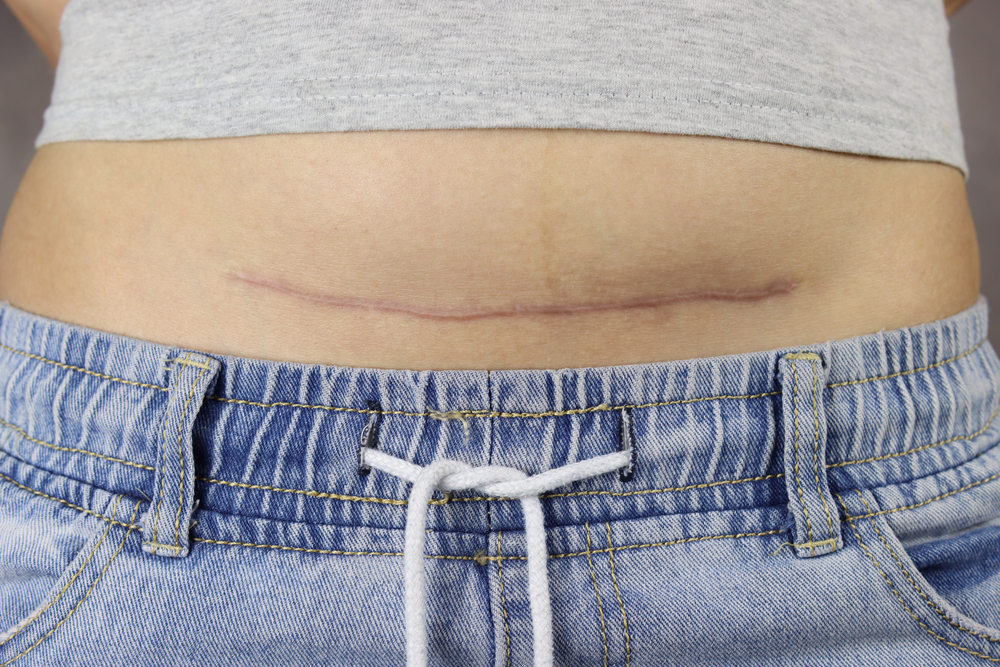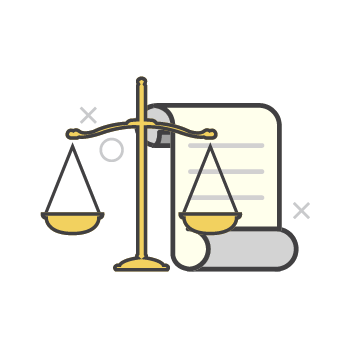Read This If You Are Planning to Get A Caesarean Section
by Carolyn Lee Sep 5, 2022

During pregnancy, a key focus for expectant mothers is the delivery process. Some expectant mothers prefer natural birth, while others may choose a caesarean section for personal or health reasons.
A caesarean section or C-section is a surgical procedure that involves making incisions in the abdomen and uterus to extract the baby. A C-section is a safe procedure used worldwide. A doctor might recommend a C-section for an expectant mother who opts for a vaginal birth but develops complications during delivery. We’re sharing a few essential things you should know about a Caesarean Section.
A C-section may reduce risks that occur with natural birth.
Vaginal delivery refers to the traditional method of delivery known as natural birth. This delivery method can be challenging as it is typically performed without medication. However, some expectant mothers may ask for an epidural to help minimise or eliminate pain.
- Natural birth can have a few risks that a C-section could reduce or prevent. A C-section may help to reduce or prevent:
- Injury to the vaginal wall during delivery.
- Pain during and after delivery.
- Urinary incontinence.
- Possible heavy bleeding after delivery if complications arise.
- Haemorrhoids.
You can plan and schedule the C-section.
A C-section can be planned and scheduled based on health risks to the mother or baby. Sometimes, an expectant mother schedules a C-section if she has done one before. Other common factors may include:
- The expectant mother is experiencing a high-risk pregnancy because of her age, certain medical conditions (hypertension, diabetes, preeclampsia), or complications during the pregnancy.
- Having multiple babies – In the case of twins, if either of the babies is lying in an abnormal position during labour, a C-section might help.
- A C-section is likely to be suggested if the doctor detects a problem with the foetal heart rate.
- The mother has genital herpes or HIV. C-section will help to prevent the risk of passing the virus to the baby.
- The baby is too large to be delivered via natural birth.
- Complications with the placenta blocking the cervix can risk it detaching prematurely from the uterus.

What are some of the risks associated with a C-section?
A C-section is a major surgical procedure that might result in complications. Some of the difficulties associated with the process include:
- Some women may get Endometriosis, which is an infection of the lining of the uterus.
- There is a possibility that some women may have an adverse reaction to the anaesthesia used.
- Some women might experience heavy bleeding during or after delivery.
- There is a chance of wound infection near the incision.
- Blood clots could develop in a deep vein in the leg or pelvic organs.
- Some women might develop problems with future pregnancies that may result in miscarriages, low-lying placenta, stillbirth, or placenta accreta. Placenta accreta is a condition involving the placenta being attached and embedded too deeply into the uterus wall.
- The infant might develop respiratory difficulties or a surgical injury. Respiratory problems may occur if the infant is delivered before 39 weeks. Labour can help to clear the baby’s lungs of fluids. Usually, the fluid clears up on its own after a few days.
If you are pregnant and considering a C-section, speak with an obstetrician. A midwife may also be assigned to offer additional guidance and support. To find an obstetrician near you, search Find Yello.
Sources: Tommy’s, WebMD, Mayo Clinic, Medical News Today and Stanford Children’s Health.








